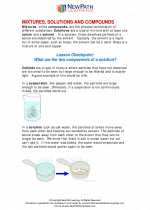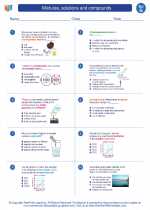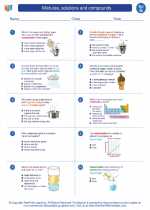Tectonic Movements
Tectonic movements refer to the large-scale movements of the Earth's lithosphere. These movements are responsible for shaping the Earth's surface and are driven by the heat and convection currents in the Earth's mantle.
Types of Tectonic Movements
- Convergent Boundaries: This is where tectonic plates move towards each other. When one plate is forced beneath the other, it forms a subduction zone.
- Divergent Boundaries: This is where tectonic plates move away from each other, leading to the formation of new crust as magma rises from the mantle.
- Transform Boundaries: This is where tectonic plates slide past each other horizontally, causing earthquakes.
Effects of Tectonic Movements
Tectonic movements can have significant effects on the Earth's surface, including the formation of mountains, earthquakes, volcanic activity, and the creation of ocean basins.
Study Guide
Here are some key concepts to understand when studying tectonic movements:
- What are the driving forces behind tectonic movements?
- Describe the three types of tectonic plate boundaries and the geological features associated with each.
- Explain how tectonic movements are related to natural disasters such as earthquakes and volcanic eruptions.
- Discuss the role of tectonic movements in the formation of major geological features such as mountain ranges and ocean basins.
- Compare and contrast the movement of tectonic plates in the Earth's lithosphere with the movement of currents in the Earth's mantle.





